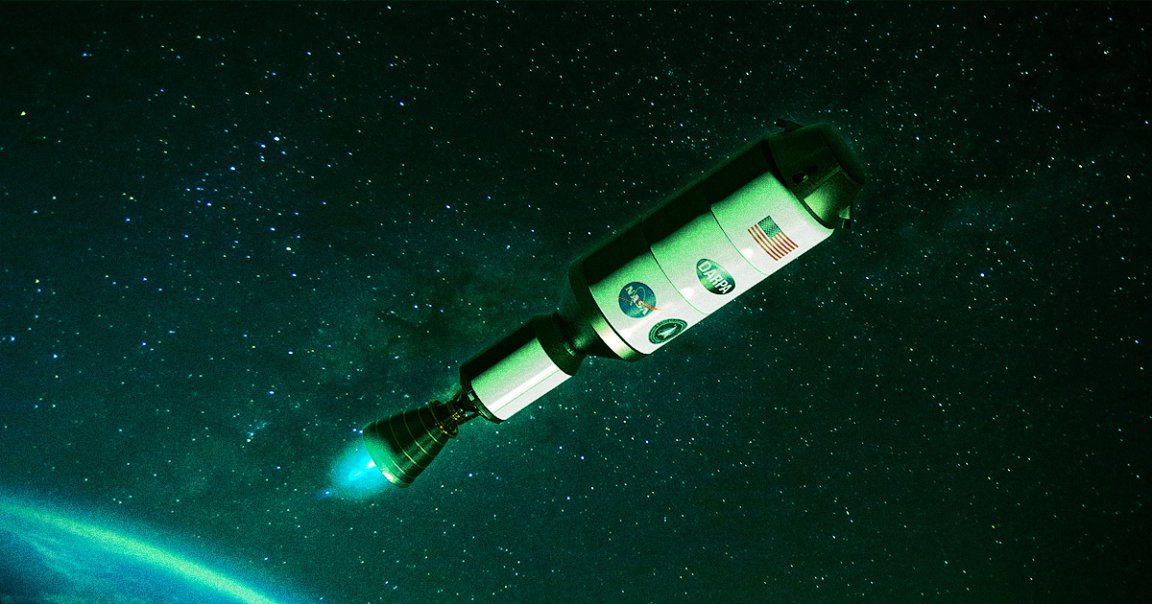
Going Nuclear
NASA, joined by the Defense Advanced Research Projects Agency (DARPA), could be testing a nuclear-powered rocket in space within the next three years.
On Wednesday, the agencies announced that the aerospace contractor Lockheed Martin will design, build, and test a nuclear propulsion system as part of an ambitious program called the Demonstration Rocket for Agile Cislunar Operations (DRACO).
NASA hopes that the technology it develops could eventually be used to power trips to Mars, cutting their lengthy duration in half.
“NASA is looking to go to Mars with this system,” Anthony Calomino, a NASA engineer leading DRACO, told Ars Technica. “And this test is really going to give us that foundation.”
Martian Commute
How a nuclear powered rocket should work, in a nutshell, is that a fission reactor using uranium would heat up extremely cold liquid hydrogen, propelling hot gas out of a nozzle to generate thrust.
Though Lockheed will be responsible for most of the rocket, designing the fission reactor itself will be done by another firm called BWX Technologies.
If all goes to plan, the first DRACO test could see a nuclear-powered rocket in space as early as 2027. NASA itself is investing a chunky $300 million, with the overall value of the award totaling nearly $500 million.
Right now, getting to the Red Planet is a staggeringly lengthy and expensive exercise. Even when Mars is at perigee — when the orbits align roughly every two years so that it’s at its closest point to Earth — a one-way trip can take at least six months, and usually longer.
That sluggishness owes to the inefficiency of chemically powered rockets, which can’t carry enough fuel to power the engines much longer after launch.
But nuclear propulsion should be at least twice as efficient, according to NASA, cutting down on heavy propellant, and lengthening the time the engines could stay firing.
Long Time Coming
NASA has been contemplating nuclear propulsion since the Project Orion days of the 50s and 60s, when it and the military entertained the idea of chained atomic bomb detonations to propel a spacecraft.
After decades out of the spotlight, serious notions of using the technology heated up again in recent years, as consensus grew amongst NASA scientists that using nuclear engines would be the most practical way of getting to Mars. In 2021, DARPA confirmed that it wanted to send a nuclear-powered rocket into space.
Of course, anything involving nuclear technology comes with great safety concerns. With those in mind, the DRACO vehicle will be launched with the reactor off, according to project manager Tabitha Dodson, as quoted by The New York Times.
Only when it’s reached a safe distance in space — somewhere between 435 miles to 1,240 miles above Earth — would it be turned on. At that distance, the craft would stay in orbit for over 300 years, plenty long enough for radioactive elements to safely decay.
More on NASA: International Space Station Suffers Comms Blackout Due to Power Outage